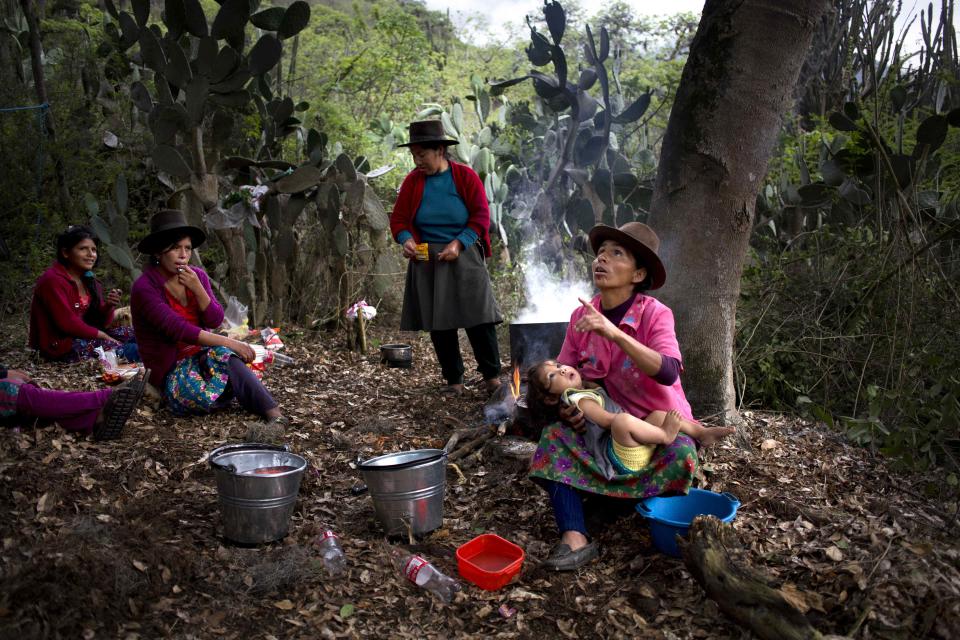
Rescue agencies are today better prepared for any worst case scenarios as a result of lessons learnt from the Highland Towers collapse.
Fire and Rescue Department director-general Datuk Wan Mohd Nor Ibrahim said there were disaster management contingencies put in place to ensure coordination among all agencies.
Wan Mohd Nor, who was commandant in charge of training, was at the scene during the 1993 tragedy and witnessed this lack of coordination.
“The lesson I learnt is that management and coordination are vital to the success of any rescue work.”
All disasters relief measures are now managed by the National Security Council (NSC).
NSC would issue an order called “Directive 20” to coordinate all agencies, which would include the civil defence and welfare departments.
“Each agency knows its role,” he added.
Wan Mohd Nor said the tragedy two decades ago was a catalyst that transformed the fire department into a multi-skilled rescue organisation.
“We realised that we needed to move beyond our traditional role of fire-fighting to prepare ourselves for any disaster,” he said.
“There is now greater emphasis on urban search-and-rescue and there is a specially trained elite team.”
The Special Tactical Operation Rescue Malaysia (STORM) team comprises 140 personnel who are based in the department’s headquarters located in each state.
“They can be mobilised to respond to an emergency as a single unit anywhere in the country within 24 hours,” said Wan Mohd Nor.
He added that these units could also complement the 100-strong Special Malaysia Disaster Assistance and Rescue Team (SMART), which was set up in 1994. SMART is a separate entity under the NSC.
The STORM team, for instance, was there during the country’s worse accident, which claimed the lives of 37 passengers when a bus carrying 53 plunged into a 60m ravine near Genting Highlands in August.
“They managed to rescue all of the 16 survivors within an hour, which is remarkable,” said Wan Mohd Nor.
“All the bodies were recovered that same evening.”
Besides specialised training, STORM units are equipped with the latest technological rescue advances. These include ground-penetrating radars and other devices which can detect survivors beneath the rubble and specially trained rescue dogs.
Datuk Dr Soh Chai Hock, who served as a fireman for 36 years before he retired as the director-general in 1999, recalled rescue efforts were tedious as tonnes of concrete rubble stood in their way.
He said when he first heard about a building collapse two decades ago, he thought it was an unoccupied place.
“When we arrived at the scene I realised we were not prepared or equipped for the work ahead of us,” he recalled.
“Still, we had a job to do. We had an operations meeting with the police as well as other agencies and it was decided that the Fire and Rescue Department would head the rescue efforts,” he said in an interview recently.
One thought ran through his mind when he arrived at disaster site at around 1.35pm.
“This is not going to be easy but the trapped people needed to be saved. We hoisted ladders and climbed to the top of the toppled building and pulled out a Japanese woman,” he said.
Two other survivors were found on the same day, Dr Soh said, adding that this spurred the rescuers on.
Residents from the area also volunteered to help, he recounted.
“Search and rescue teams from Singapore, France, Japan, Britain and the United States arrived in Malaysia.”
Dr Soh said the stench of the dead remained in his mind to this day.
He recalled spending days at the site and only went home to catch short naps before dashing out for the rescue mission again.
“I did not want to waste any time as speed was the key to getting as many survivors out as possible.
“There were lessons learnt on those days and these resulted in the department being better equipped today,” Dr Soh Said.
Dr Soh also stressed on the need for the community’s involvement. “When a tragedy occurs, the first responders should be the witnesses at the scene,” he said. “If the public is trained to not panic in such situations, more lives can be saved.”
Wednesday 11 December 2013
http://www.thestar.com.my/News/Nation/2013/12/11/Lessons-learnt-from-the-disaster-Contingency-plans-now-in-place-to-ensure-coordination-among-all-age.aspx



